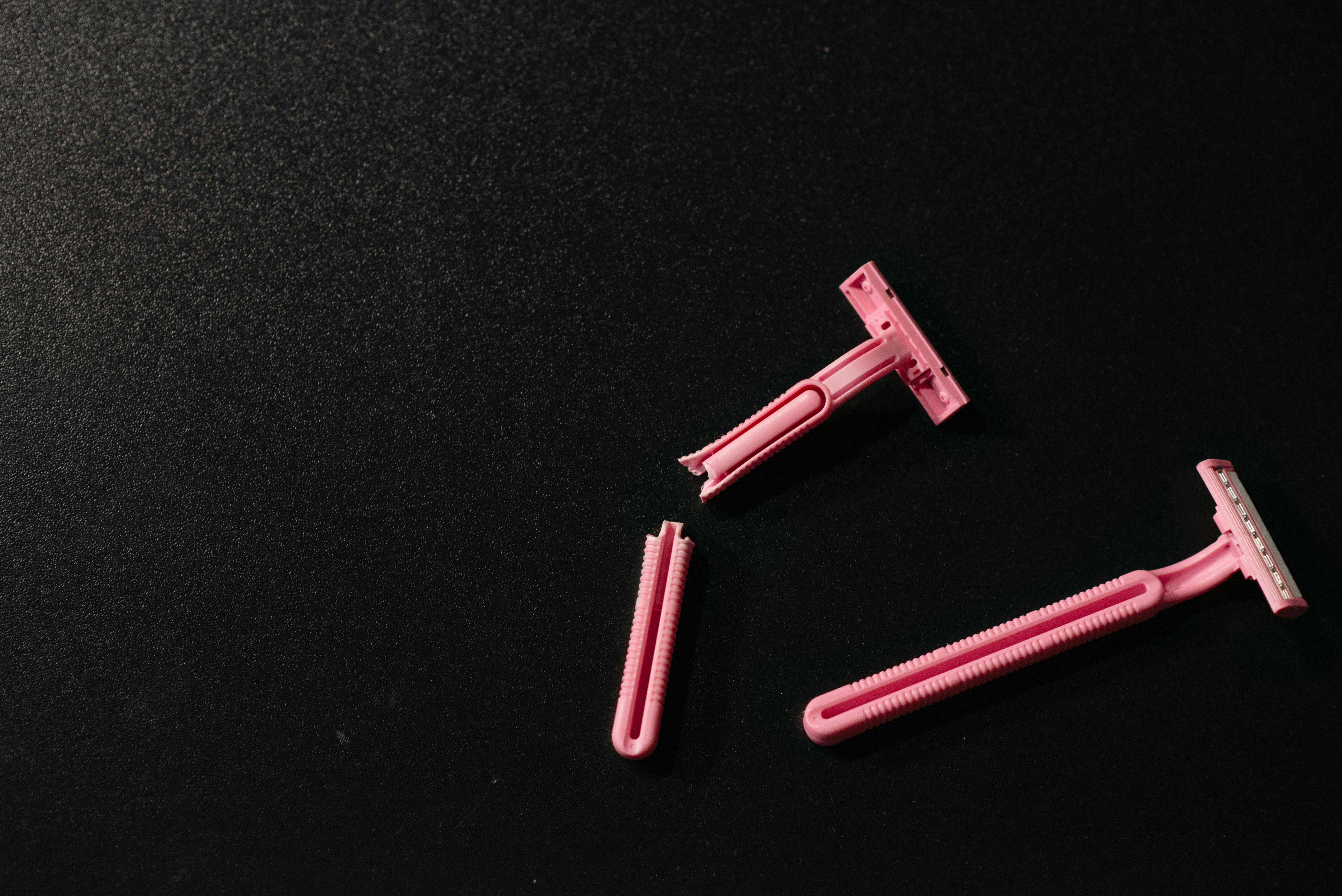
Christmas – History of the artificial Christmas tree and fun facts
It is not popularly known that artificial Christmas trees actually started in the Middle Ages in Germany. It was not until the 19th and 20th centuries that they became popular in other countries with the invention of new and imaginative trees. It started with feathers, then animal bristles, aluminum, plastic, and then fiber optics. Discover the six stages in the evolution of the artificial Christmas tree:
1. Lightstock: the poor man’s Christmas tree!
In the Middle Ages, woodcarvers in Germany made the first lightweight material. A pyramid shaped stand made of 2-5 wooden rods and 3 shelves that hold candles and Christmas related figurines. Some time later they placed a windlass on top of the central rod. As the heat from the candles increased, the pinwheel and shelves turned making a delightful display. Small lanterns were soon seen placed next to the Christmas trees. However, many poor woodcarvers could not afford trees, and thus the lightweight material came to be known as the poor man’s Christmas tree. Lightstocks or pyramids as they are also now known are a tradition in Dresden, Germany that continues to this day.
2. First artificial trees made of green goose feathers!
Originating in Germany in the 1880s, green-dyed goose feather trees are considered the first artificial Christmas tree in the modern world. The reason for the creation of the feather trees, made from wire branches, was because the Germans were concerned about deforestation associated with tree harvesting. So artificial trees became popular in the US at the turn of the 20th century. The branches were widely spaced so that candles on trees (which were popular before electric lights were created) had enough space not to create a fire. Fires were a big problem with the first trees with candles placed on them. Artificial red berries were often placed along the feathered branches, which acted as candle holders. Tree sizes ranged from 2 inches to 98 inches in department stores. Today many of these trees are valuable vintage collectibles.
3. Christmas Trees Made With Animal Hair – Brush Bristles
The first artificial tree made from animal hair bristles was made in the 1930s in the United States. The bristles were dyed green and these trees became popular not only in the US but also in Britain. They soon replaced feather trees as these trees were not as flammable and could hold heavier ornaments.
4. Aluminum Christmas trees
In the USA in 1958 the first aluminum trees were created. They became very popular until the 1970s. There was negative representation of these trees in 1965 when ‘A Charlie Brown Christmas’ first aired, which is believed to be attributed to their declining sales.
5. Plastic Christmas trees
Mostly made of PVC plastic, they are fire retardant but not fire resistant and most of these trees are made in China. The PVC used can be a potential source of dangerous lead; labels should be read carefully. Addis Brush Company (which made toilet brushes) made the first fake plastic Christmas trees. Some say the first plastic trees were giant green toilet brushes!
6. Christmas trees with fiber optic cable
These are a new breed of designer Christmas trees. Fiber optic trees are made of a flexible, transparent fiber made of glass (silica) in the form of strands of various sizes about the size of a human hair. These fibers transmit light between the two ends of the fiber creating a magical array of white or colored light. Some fiber optic trees resemble a traditional Christmas tree, while others appear fully illuminated.




